Intro
Blood tests are a crucial diagnostic tool used by healthcare professionals to assess an individual's overall health, detect potential health issues, and monitor the effectiveness of treatments. The results of a blood test can be overwhelming, especially for those who are not familiar with medical terminology. However, understanding blood test results is essential to take control of one's health and make informed decisions. In this article, we will delve into the world of blood tests, exploring the different types of tests, how to interpret the results, and what the various components of a blood test report mean.
The importance of blood tests cannot be overstated. They help healthcare professionals diagnose a wide range of conditions, from infections and allergies to cancers and genetic disorders. Blood tests can also be used to monitor the progression of a disease, track the effectiveness of treatments, and identify potential health risks. With the advancements in medical technology, blood tests have become more accurate, reliable, and efficient, allowing healthcare professionals to make timely and informed decisions.
As medical technology continues to evolve, the range of blood tests available has expanded significantly. From basic tests that measure blood sugar and cholesterol levels to more complex tests that detect specific biomarkers, the options are vast. Understanding the different types of blood tests and their purposes is essential to navigate the complex world of blood testing. Whether it's a routine check-up or a diagnostic test, being informed about blood tests can empower individuals to take a more active role in their healthcare.
Types of Blood Tests
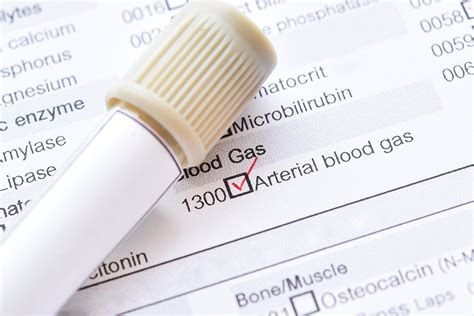
There are numerous types of blood tests, each designed to measure specific components of the blood. Some of the most common types of blood tests include complete blood counts (CBC), blood chemistry tests, and blood enzyme tests. A CBC measures the levels of different blood cells, such as red blood cells, white blood cells, and platelets. Blood chemistry tests, on the other hand, measure the levels of various substances in the blood, including sugars, proteins, and electrolytes. Blood enzyme tests measure the levels of specific enzymes, which can indicate liver or heart damage.
Complete Blood Count (CBC)
A CBC is one of the most common types of blood tests. It measures the levels of different blood cells, including red blood cells, white blood cells, and platelets. The results of a CBC can help healthcare professionals diagnose a range of conditions, from anemia and infections to blood cancers and bleeding disorders. The components of a CBC include hemoglobin, hematocrit, white blood cell count, and platelet count.Interpreting Blood Test Results
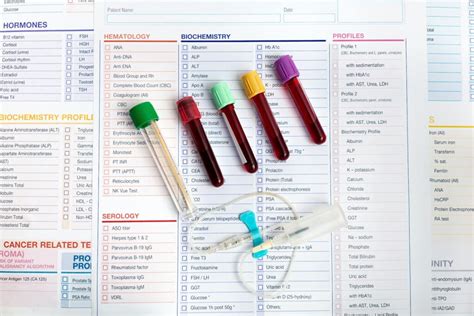
Interpreting blood test results can be challenging, especially for those who are not familiar with medical terminology. However, understanding the basics of blood test results is essential to take control of one's health. The results of a blood test are typically presented in a report that includes the name of the test, the result, and a reference range. The reference range is the normal range of values for a particular test, and it can vary depending on the laboratory and the individual's age, sex, and other factors.
Understanding Reference Ranges
Reference ranges are a crucial component of blood test results. They provide a framework for interpreting the results, allowing healthcare professionals to determine whether the values are within the normal range or not. Reference ranges can vary depending on the laboratory, the individual's age, sex, and other factors. It's essential to note that reference ranges are not absolute, and the results of a blood test should be interpreted in the context of the individual's overall health and medical history.Components of a Blood Test Report
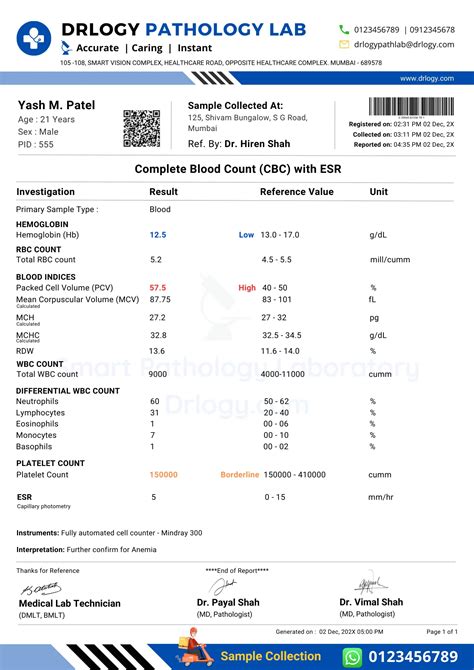
A blood test report typically includes several components, each providing valuable information about the individual's health. The components of a blood test report may include the name of the test, the result, the reference range, and any abnormal results. The report may also include additional information, such as the date and time of the test, the laboratory that performed the test, and any relevant comments or notes.
Common Components of a Blood Test Report
Some of the most common components of a blood test report include: * Hemoglobin (Hb): measures the level of hemoglobin in the blood * Hematocrit (Hct): measures the percentage of red blood cells in the blood * White blood cell count (WBC): measures the level of white blood cells in the blood * Platelet count (Plt): measures the level of platelets in the blood * Blood sugar: measures the level of glucose in the blood * Cholesterol: measures the level of cholesterol in the bloodBenefits of Blood Tests

Blood tests offer numerous benefits, from detecting potential health issues to monitoring the effectiveness of treatments. Some of the most significant benefits of blood tests include:
- Early detection of diseases: blood tests can detect diseases such as diabetes, hypertension, and cancer at an early stage, allowing for timely treatment and intervention.
- Monitoring of treatments: blood tests can be used to monitor the effectiveness of treatments, allowing healthcare professionals to adjust the treatment plan as needed.
- Identification of health risks: blood tests can identify potential health risks, such as high cholesterol and blood sugar levels, allowing individuals to take preventive measures.
Practical Applications of Blood Tests
Blood tests have numerous practical applications, from routine check-ups to diagnostic testing. Some of the most common practical applications of blood tests include: * Routine check-ups: blood tests can be used to monitor an individual's overall health and detect potential health issues. * Diagnostic testing: blood tests can be used to diagnose a range of conditions, from infections and allergies to cancers and genetic disorders. * Monitoring of chronic conditions: blood tests can be used to monitor the progression of chronic conditions, such as diabetes and hypertension.Steps to Take After Receiving Blood Test Results
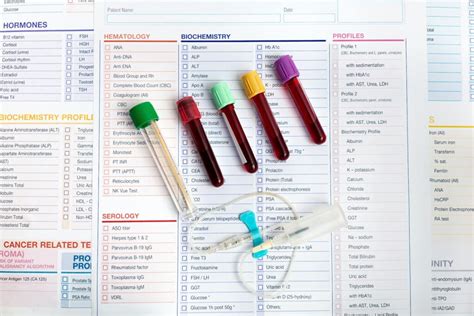
Receiving blood test results can be overwhelming, especially if the results are abnormal. However, there are several steps that individuals can take after receiving their blood test results. Some of the most important steps include:
- Discussing the results with a healthcare professional: it's essential to discuss the results with a healthcare professional to understand the implications and any necessary next steps.
- Asking questions: individuals should ask questions about their results, including what the results mean, what the reference range is, and what any abnormal results indicate.
- Following up with additional testing: if the results are abnormal, additional testing may be necessary to confirm the diagnosis or monitor the condition.
Common Questions About Blood Test Results
Some of the most common questions about blood test results include: * What do my results mean? * What is the reference range for my test? * What do abnormal results indicate? * What are the next steps after receiving my results?Conclusion and Next Steps
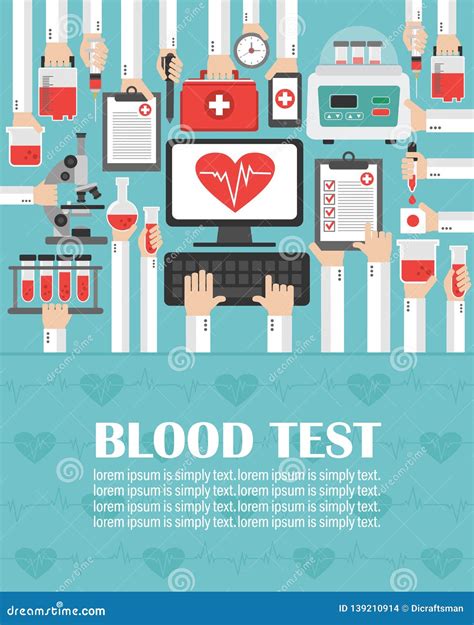
In conclusion, understanding blood test results is essential to take control of one's health and make informed decisions. By understanding the different types of blood tests, how to interpret the results, and the components of a blood test report, individuals can navigate the complex world of blood testing with confidence. Whether it's a routine check-up or a diagnostic test, being informed about blood tests can empower individuals to take a more active role in their healthcare.
We invite you to share your thoughts and experiences with blood tests in the comments below. Have you ever had a blood test? What was your experience like? Do you have any questions about blood tests or interpreting results? Share your story and help others understand the importance of blood tests in maintaining good health.
What is a blood test?
+A blood test is a medical test that involves taking a sample of blood from a vein in the arm to diagnose, monitor, or screen for various health conditions.
What are the different types of blood tests?
+There are several types of blood tests, including complete blood counts, blood chemistry tests, and blood enzyme tests, each measuring different components of the blood.
How do I understand my blood test results?
+Understanding blood test results involves interpreting the results in the context of the individual's overall health and medical history, including the reference range and any abnormal results.
